I am working on a small project that involves finding the best route on a bus system. I build a graph where the stops are vertices and the edges are weighted with the time between stops.
I though I would try to use a variant of Dijkstra to find the best route. When finding the next edges to consider, the algorithm only looks at edges whose departure time as after the current time along the trip. There are several parts of the graph where buses arrive and depart the same series of series of stops simultaneously. To prevent needlessly switching buses, I add a cost to route changes when selecting the best edge. This has worked surprisingly well and is quite fast.
The snag I've hit is on choosing the first bus. Consider the following scenario:
Dijkstra will favor taking bus A because it arrives at stop 2 first. If you're going to stop 2 that's great. But if you're going to stop 3, Bus B is a better choice and the total cost for both are identical. I don't think I can avoid the greedy nature of Dijkstra, but it's working so well for everything else, I don't want to discard it if I don't need to.
Does any know a good solution that can address the issue of correctly picking the first stop (or maybe adjusting it after the fact?). Alternatively is there a better algorithm that people use for this kind of problem?

